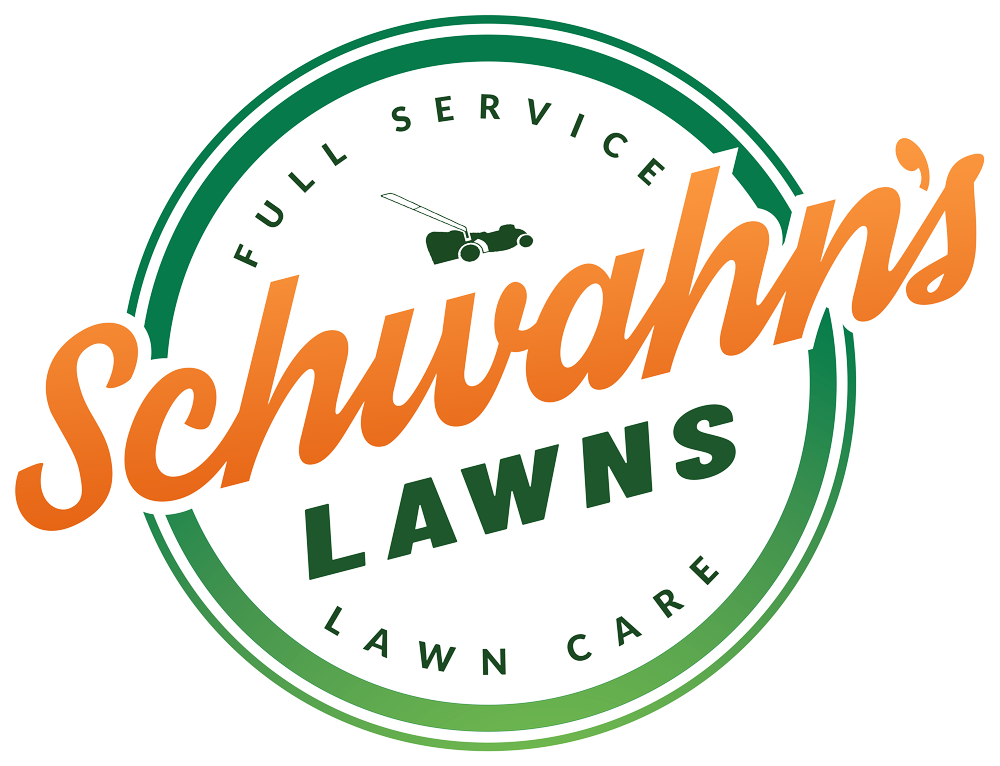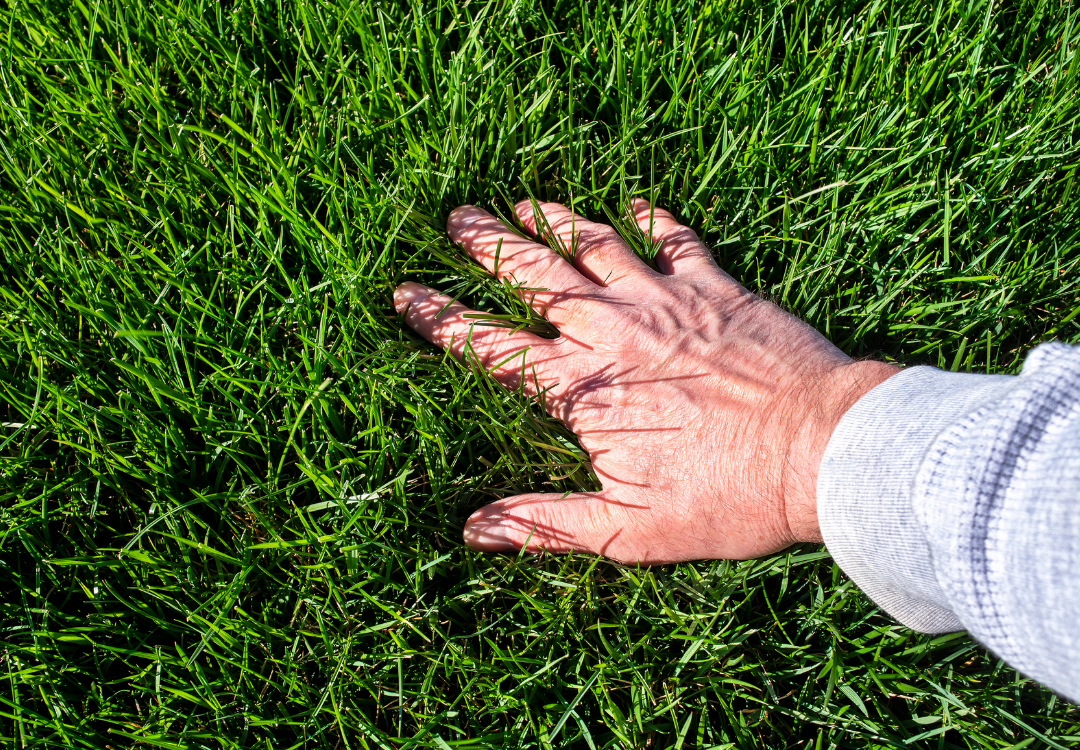By the Irrigation Specialists at Schwahn’s Lawns | September 2025
With over 20 years of optimizing irrigation systems throughout Pinellas County, our team has perfected summer watering strategies that maintain healthy lawns while conserving water and reducing utility costs by 20-40%.
💧 Water: The Make-or-Break Factor
More summer lawns fail from improper irrigation than all other factors combined. Too little water causes drought stress and makes grass vulnerable to pests and disease. Too much water promotes fungal problems and wastes hundreds of dollars annually. Mastering summer irrigation is the single most important skill for maintaining beautiful lawns during the June-September challenge period.
The Irrigation Optimization Advantage
Average Pinellas County household with poor irrigation practices:
Summer water costs: $250-400 per month | Annual: $1,200-2,000
Same household with optimized irrigation:
Summer water costs: $150-250 per month | Annual: $750-1,200
Proper irrigation saves $450-800 annually while improving lawn health
Summer irrigation in Pinellas County requires understanding the complex interaction between sandy soils, high temperatures, afternoon thunderstorms, and varying grass needs. The strategies that work in spring and fall can actually harm your lawn during peak summer stress.
🌞 Part of the Complete Summer Lawn Care Hub
Irrigation is the foundation of summer lawn success:
→ Complete Summer Lawn Care Guide During Florida’s Fertilizer Ban
The comprehensive hub covering all summer strategies
Understanding Florida’s Irrigation Challenges
Before diving into solutions, you must understand why summer watering in Pinellas County is so uniquely challenging.
The Sandy Soil Problem
Challenge: Rapid Drainage
Florida’s sandy soils drain water 10-20 times faster than loam or clay soils. What this means for your lawn:
- Water retention: Sandy soil holds water for only 24-48 hours
- Root depth limits: Grass roots must constantly seek moisture
- Nutrient leaching: Fertilizers wash through soil quickly
- Uneven distribution: Localized dry and wet spots develop easily
- Frequent watering needed: 3-4 times weekly vs. 1-2 in other regions
Solution approach: Multiple short cycles allow water absorption without runoff, while building organic matter improves retention over time.
The Afternoon Thunderstorm Variable
Challenge: Unpredictable Rainfall
Summer brings daily thunderstorm potential with highly localized rainfall. Complications this creates:
- Inconsistent coverage: One part of lawn may get 2 inches while another gets none
- Overwatering risk: Automatic systems run despite adequate rain
- Timing conflicts: Rain shortly after irrigation wastes water
- Disease promotion: Extended leaf wetness from rain + irrigation
Solution approach: Rain sensors, smart controllers, and manual oversight prevent overwatering while ensuring adequate coverage.
The Perfect Summer Watering Schedule
Success begins with understanding exactly when, how long, and how often to water. These recommendations are based on Pinellas County conditions and decades of refinement.
Optimal Timing: The 4-8 AM Window
✓ Why Early Morning Watering is Essential:
- Grass absorption: Stomata (leaf pores) open at dawn for maximum water uptake
- Evaporation prevention: Cool temperatures minimize water loss to air
- Disease prevention: Grass blades dry quickly as sun rises
- Wind reduction: Calm morning air ensures even distribution
- Pressure advantage: Municipal water pressure highest early morning
- Pre-heat hydration: Grass enters heat stress fully hydrated
Recommended timing: Start watering 4-5 AM, finish by 8 AM maximum
❌ Never Water in Evening/Night:
- Extended leaf wetness: 8-12 hours of moisture on grass blades
- Disease explosion: Perfect conditions for gray leaf spot and other fungi
- Pest attraction: Damp grass attracts chinch bugs and other insects
- Fungicide waste: Any disease treatments wash away
Exception: Only during establishment of new sod (first 2 weeks only)
Duration: How Long to Run Each Zone
| Month | Frequency | Duration per Zone | Weekly Total |
|---|---|---|---|
| June | 3-4 times weekly | 50-60 minutes | 1-1.25 inches |
| July | 4 times weekly | 60-75 minutes | 1.25-1.5 inches |
| August | 3-4 times weekly | 60-70 minutes | 1.25-1.5 inches |
| September | 3 times weekly | 50-60 minutes | 1-1.25 inches |
Important: These durations assume standard spray heads. Rotor heads require 90-120 minutes for equivalent coverage.
Recognizing and Correcting Water Stress
The key to irrigation success is reading your lawn’s signals and adjusting accordingly. Both under and overwatering create distinct symptoms.
Drought Stress Symptoms
Signs Your Lawn Needs More Water:
- Footprint test: Grass doesn’t spring back after walking on it
- Color change: Blue-gray tint instead of green
- Blade folding: Grass blades fold lengthwise to conserve moisture
- Wilting appearance: Lawn looks “flat” or “thin”
- Increased pest damage: Chinch bugs target drought-stressed grass
Immediate action: Increase duration by 25% next watering, check system coverage
Overwatering Symptoms
Signs Your Lawn Gets Too Much Water:
- Spongy feel: Ground feels soft and stays damp between waterings
- Fungal diseases: Gray leaf spot, brown patch, pythium appear
- Shallow roots: Grass pulls up easily, no deep root system
- Weed explosion: Nutsedge and other weeds thrive in wet conditions
- Mushroom growth: Fungi appear in lawn after rain
Immediate action: Reduce duration by 25%, check for drainage issues
Smart Controller Technology
Modern irrigation controllers offer sophisticated features that optimize water use while maintaining lawn health. Understanding these technologies helps you decide which upgrades provide best value.
Smart Controller Features and Benefits
Weather-Based Controllers (WBC):
- Function: Adjust watering based on temperature, rainfall, humidity
- Savings: 20-40% reduction in water use vs. traditional timers
- Cost: $150-400 for controller + $50-150 installation
- Best for: Anyone wanting set-and-forget automation
Rain Sensors (Basic Upgrade):
- Function: Pause irrigation when rainfall detected
- Savings: 10-20% water reduction vs. no sensor
- Cost: $30-80 for sensor + $50-100 installation
- Best for: Budget-conscious upgrade from basic timer
Soil Moisture Sensors:
- Function: Monitor actual soil moisture, water only when needed
- Savings: 30-50% reduction with optimal setup
- Cost: $200-500 for sensors + installation
- Best for: Maximum efficiency, variable soil conditions
Professional Irrigation Optimization = Perfect Results, Lower Bills
Our certified irrigation specialists maximize efficiency while maintaining optimal lawn health.
Professional optimization includes:
- ✓ Complete system inspection and testing
- ✓ Zone-by-zone coverage optimization
- ✓ Smart controller installation and programming
- ✓ Seasonal adjustment programs
- ✓ Repair of leaks, broken heads, and valve issues
- ✓ Water bill analysis and savings projection
Schedule Irrigation System Optimization
Call 561-325-9537 or 727-373-6985
Adjusting for Afternoon Thunderstorms
Summer thunderstorms are both blessing and curse—they provide free water but complicate irrigation scheduling.
Rain Management Strategy
Professional Rain Response Protocol:
- 0.25-0.5 inch rain: Skip next scheduled watering, resume normal schedule after
- 0.5-1.0 inch rain: Skip next 2 scheduled waterings, monitor for dry spots
- 1.0+ inch rain: Skip entire week of watering, assess weekend
- Daily light showers: Maintain schedule but reduce duration by 25%
- Localized storms: Walk property, water only unwatered sections
Water Conservation Without Sacrificing Quality
Proper irrigation actually uses less water than poor practices while delivering superior results.
Conservation Best Practices
- Deep, infrequent watering: Encourages deep roots vs. shallow frequent watering
- Early morning timing: Reduces evaporation loss by 30-50%
- Zone-specific durations: Prevents waste from overwatering low-need areas
- Rain suspension: Eliminates unnecessary watering after rainfall
- Pressure optimization: Proper pressure prevents misting and waste
- Regular maintenance: Fixing leaks saves 200-500 gallons monthly
Result: Well-designed systems use 20-40% less water while producing healthier lawns
🎯 Complete Your Summer Lawn Success Strategy
Irrigation works best when integrated with complete summer care:
→ Return to Complete Summer Lawn Care Guide
Main hub covering all summer lawn care strategies
Related services from Schwahn’s Lawns:
Expert Irrigation Management by Schwahn’s Lawns
Schwahn’s Lawns provides complete irrigation system design, installation, and optimization services throughout Pinellas County. Our certified irrigation specialists have perfected summer watering strategies that maintain beautiful lawns while reducing water costs.
Professional Irrigation Services:
- • Complete system inspection and efficiency audit
- • Smart controller installation and programming
- • Zone-by-zone coverage optimization
- • Seasonal adjustment and maintenance programs
- • Leak detection and repair services
- • Water bill analysis and savings projections


